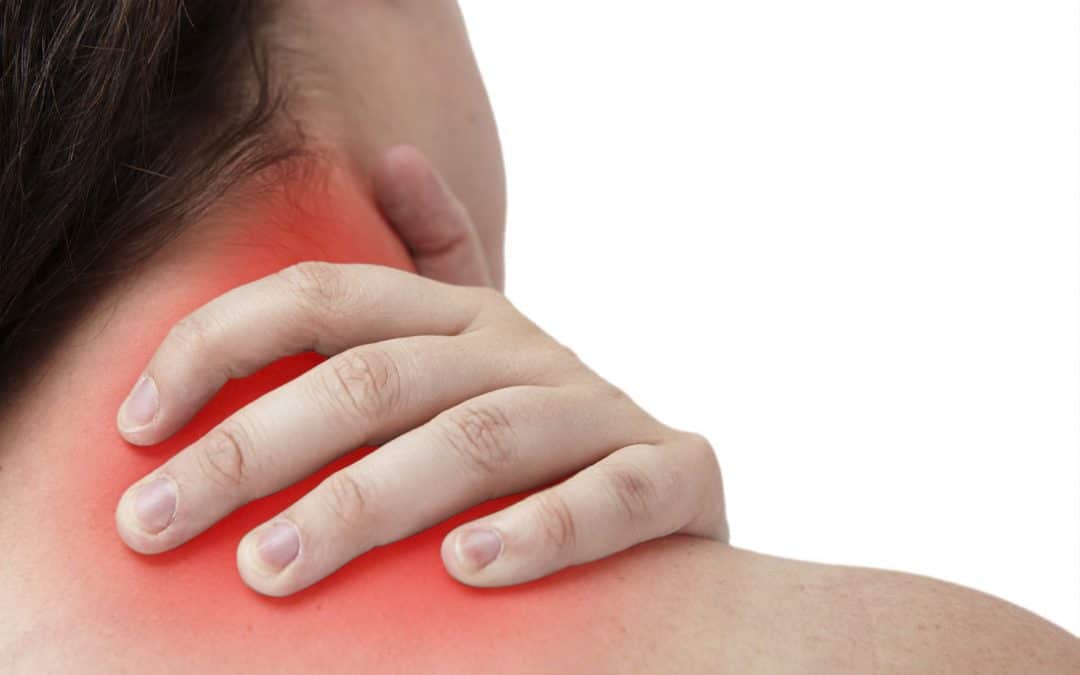Understanding Your Health Insurance
When searching for a chiropractor, one of the top things people ask is how chiropractic care works with their health insurance coverage. Health insurance can be very helpful, yet confusing to navigate as a consumer. Here are our most frequently asked questions, so you can understand the way health insurance works and confidently use your benefits.
Is chiropractic covered by health insurance?
Great news! Most health insurance plans include chiropractic care (e.g. Regence, Premera, United Healthcare, Aetna, Ambetter). Keep in mind, plans through the state government may not cover chiropractic care for adults.
It’s important to note that typical insurance plans will most likely not cover all the care needed for a normal patient. Choose a chiropractor who is reasonably priced, so visits are still affordable out-of-pocket if you need to continue care beyond your insurance’s covered amount of appointments.
How do I choose a health insurance plan that covers chiropractic care?
When selecting your health insurance plan, look for one that includes alternative care, such as chiropractic, physical therapy, acupuncture, and massage. Research if these insurance plans designate a maximum number of chiropractic visits. Plans that focus primarily on HMOs, trauma-based insurance, or emergency coverage are less likely to cover alternative care.
What is the difference between a deductible, a co-pay and co-insurance?
Deductible: The deductible is an amount of money that you must cover out-of-pocket before your health insurance will cover benefits for the rest of the year. At the beginning of a new year, the deductible starts over and must be fulfilled again.
Co-Pay: A co-pay is a fixed fee you pay out-of-pocket for healthcare visits. Co-pays usually do not count towards the deductible.
Co-Insurance: Once the deductible is reached, the insurance company will cover a percentage of the bill, and you will pay the remainder.
How about when I need a lot of work?
Your health insurance plan has an out-of-pocket max. This is the maximum amount you would pay for health coverage throughout the year. Your deductible, co-pays, and your co-insurance all cumulatively count towards this amount. When you reach your out-of-pocket max, all eligible medical expenses are covered at 100%.
Our absolute top priority is helping you heal and move well. We do not want cost to be an obstacle. Dr. Gabrielle Soucy says, “At our clinic, we never let finances get in the way of care. If a payment plan is needed, we will sit down with our patients and find a solution.”
How is health insurance changing?
Health insurance seems to always be in the news, and usually not in a good way. Indeed, benefits are going down, while deductibles and premiums are going up. Dr. Sergey Kochelayev states, “Deductibles and visit copays are increasing at an alarming rate every year, while the benefits covered by the insurance continues to lessen. We used to see plans that would cover up to 25 chiropractic visits or even unlimited visits per year based on medical needs with no deductible and only a $20 co-pay. Now these same plans only cover 10 chiropractic visits per year with a $2,000 deductible and a co-pay of $50 per visit. Our US health care system is going in the wrong direction!” Now more than ever, it is important to be a smart consumer and pay attention to your health insurance benefits as they change from year to year.
Health assurance
At Amazing Life Chiropractic, you will be confident our focus is always on your overall health. Not only do we eliminate your symptoms, but we also address the underlying causes to your health problems so they don’t return! By helping our patients heal and stay healthy, the result is they often have fewer overall medical bills. You can trust we will work with you to create a personalized care plan that makes sensible use of your health insurance coverage. Call us at 425-737-5343 or visit our website to learn more and schedule your appointment today.






